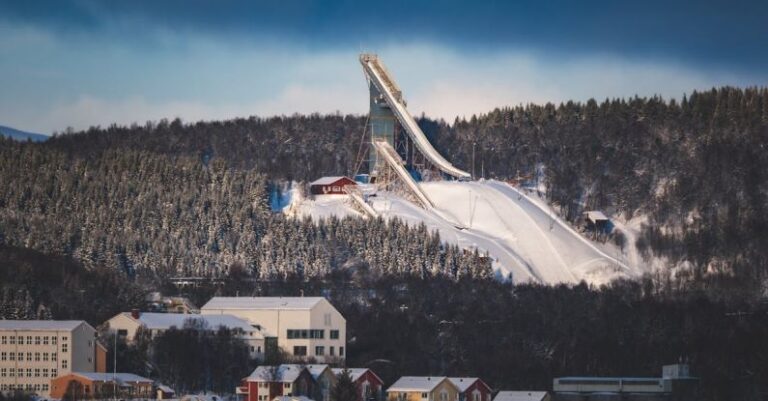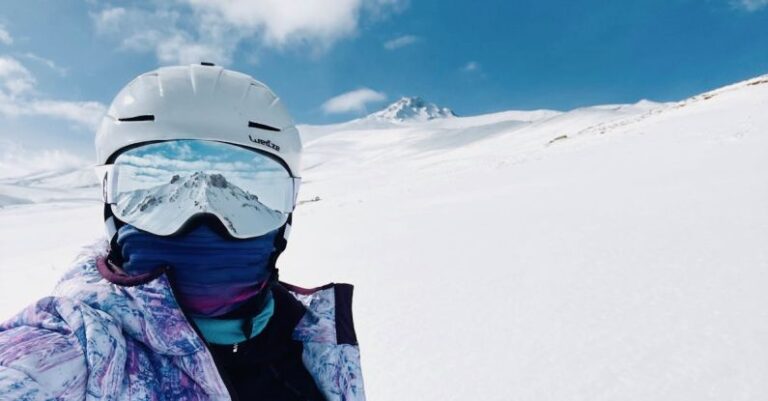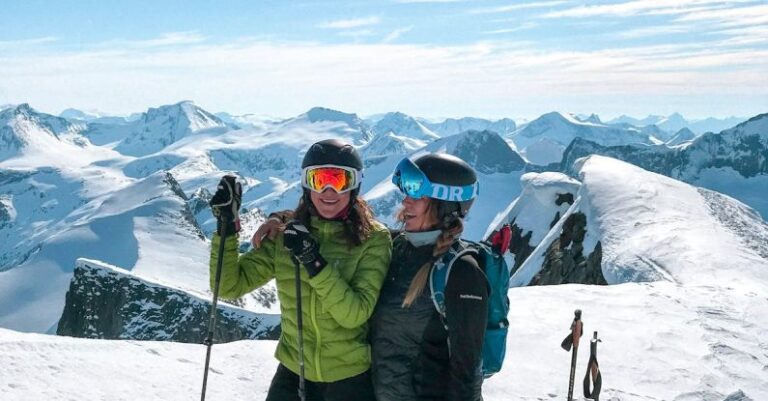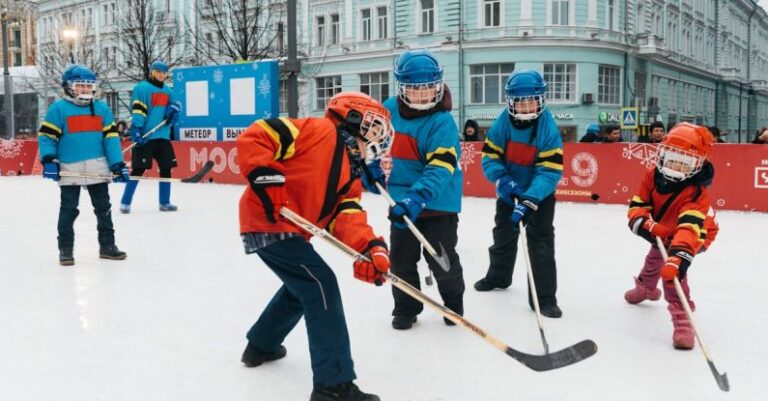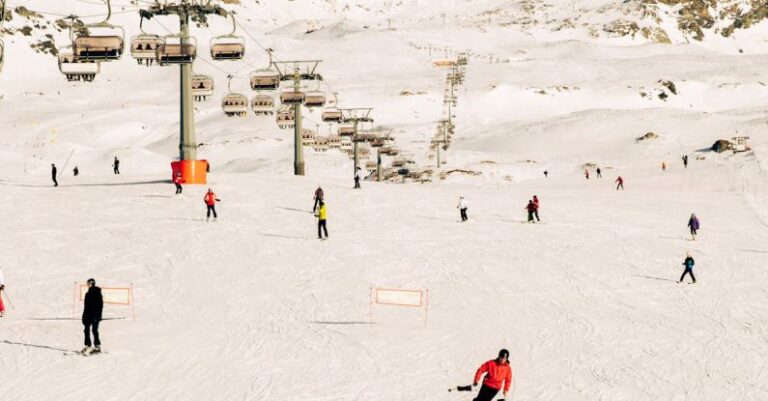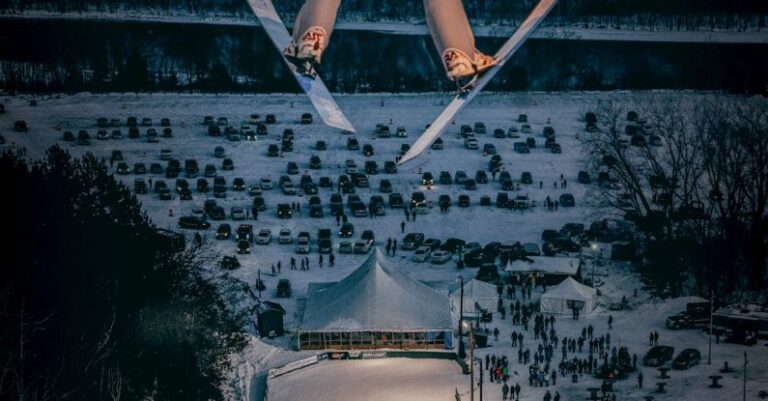
Avalanches pose a serious threat to winter sports enthusiasts, backcountry explorers, and even residents in mountainous regions. The sudden release of snow, ice, and rocks down a slope can have devastating consequences, leading to injuries and fatalities. With the rise in popularity of winter activities in avalanche-prone areas, the importance of avalanche preparedness cannot be overstated. While natural disasters like avalanches cannot be completely prevented, can training programs help improve individuals’ readiness and response to such emergencies?
The Need for Preparedness
Before delving into the effectiveness of training programs in enhancing avalanche preparedness, it is crucial to understand why such initiatives are necessary. Avalanches are unpredictable and can occur due to various factors, including snowpack instability, weather conditions, and human activity. Being caught in an avalanche can be a life-threatening situation, requiring quick thinking and appropriate actions to increase the chances of survival.
Recognizing the Signs
One of the key aspects of avalanche preparedness is the ability to recognize the signs of potential avalanche danger. Training programs often focus on educating participants about the various factors that contribute to avalanche risk, such as snow stability, slope angles, and terrain features. By learning to identify warning signs like recent snowfall, wind loading, and cracking in the snowpack, individuals can make more informed decisions when venturing into avalanche terrain.
Risk Assessment and Decision-Making
Effective risk assessment and decision-making are essential skills for anyone traveling in avalanche terrain. Training programs typically teach participants how to evaluate the avalanche forecast, assess terrain hazards, and make informed choices about route selection and group management. By understanding the principles of safe travel in avalanche terrain, individuals can minimize their exposure to risk and make decisions that prioritize safety.
Companion Rescue Techniques
In the unfortunate event of an avalanche burial, the ability to perform a rapid and effective rescue is crucial. Training programs often include instruction on companion rescue techniques, such as using avalanche transceivers, probes, and shovels to locate and extract buried individuals. Practicing these skills in a controlled environment can improve response times and increase the likelihood of successful rescues in real-life scenarios.
Simulation and Scenario-Based Training
Simulation and scenario-based training are valuable tools for testing individuals’ avalanche preparedness skills in a realistic setting. By creating simulated avalanche scenarios, training programs can challenge participants to apply their knowledge and decision-making abilities under pressure. These exercises help individuals experience the intensity of an avalanche emergency and practice their response tactics in a controlled environment.
The Role of Education and Outreach
In addition to formal training programs, education and outreach initiatives play a vital role in improving avalanche preparedness at a broader level. Public awareness campaigns, informational resources, and community workshops can help raise awareness about avalanche safety practices and encourage individuals to seek out formal training opportunities. By fostering a culture of preparedness and risk awareness, these initiatives can empower individuals to make safer choices in avalanche terrain.
Continuous Learning and Skill Development
Avalanche preparedness is an ongoing process that requires continuous learning and skill development. Even experienced backcountry travelers can benefit from refresher courses, advanced training programs, and hands-on practice sessions to enhance their readiness for avalanche emergencies. By staying informed about current best practices and participating in regular training activities, individuals can maintain and improve their avalanche preparedness skills over time.
In conclusion, while training programs alone cannot eliminate the risks associated with avalanches, they can significantly improve individuals’ preparedness and response capabilities in the event of an emergency. By focusing on aspects such as risk assessment, decision-making, companion rescue techniques, simulation training, and education outreach, these programs equip participants with the knowledge and skills needed to mitigate avalanche hazards. Ultimately, investing in avalanche training is an investment in safety and preparedness for anyone venturing into avalanche terrain.
